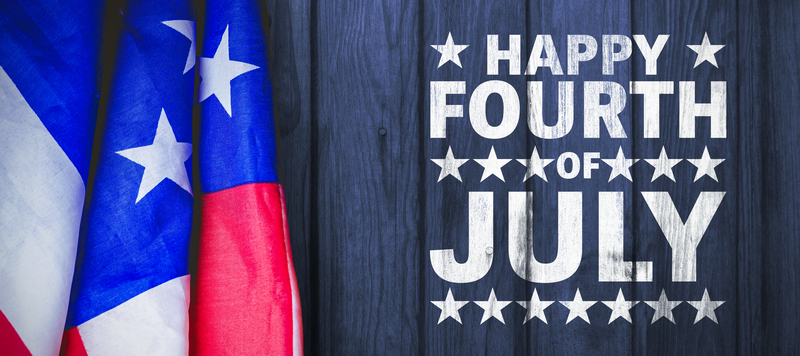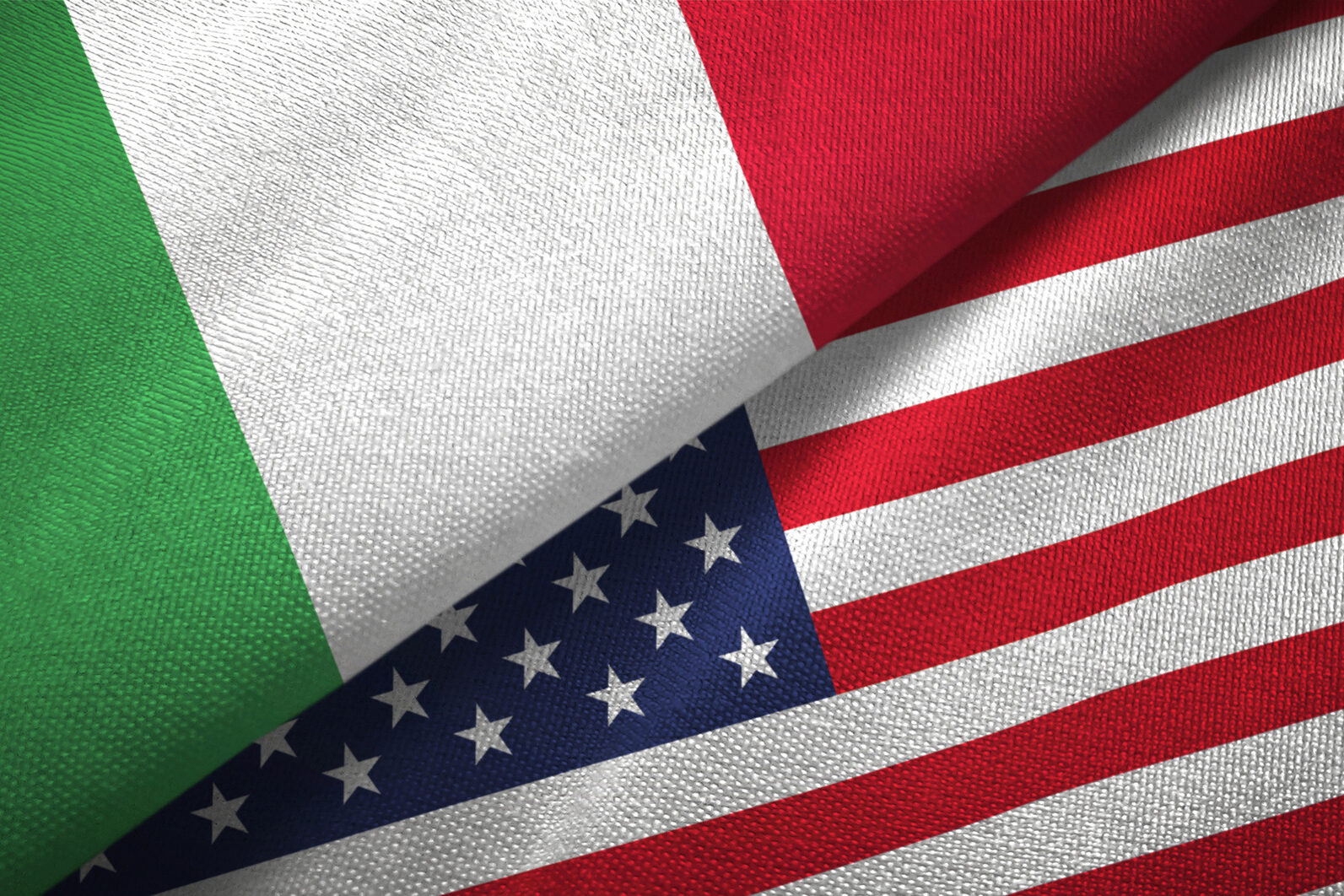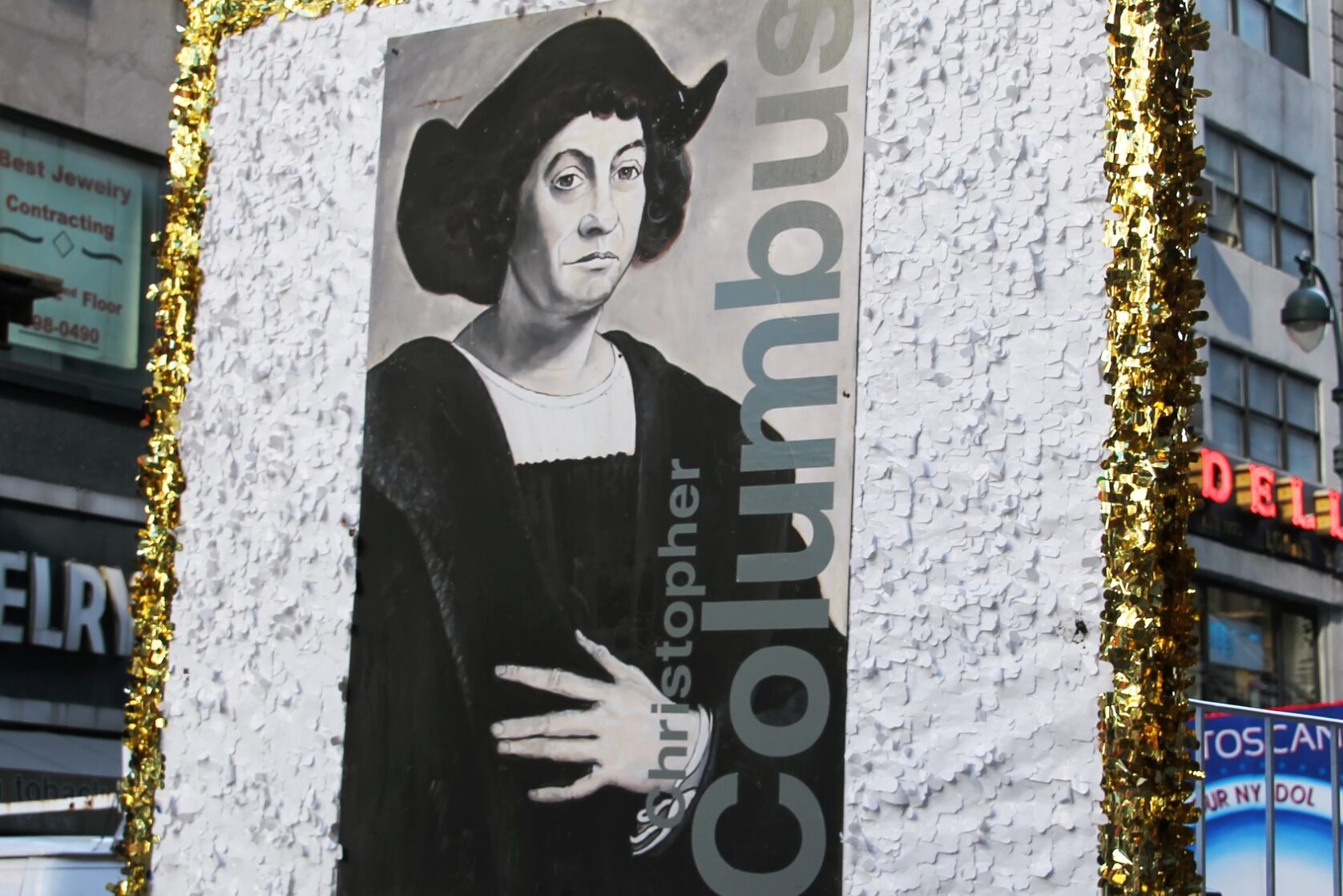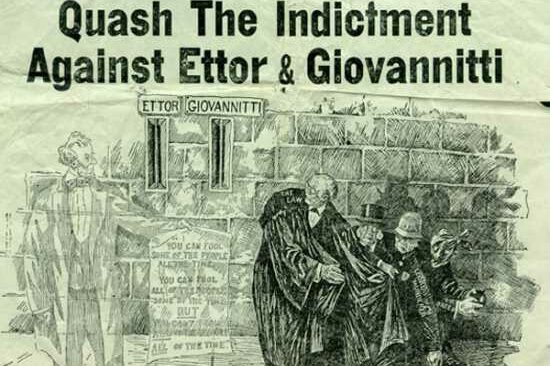Dear Readers,
July is a month with many Italian connections:
July 4, 1776, the signing in Philadelphia of the Declaration of Independence just formalized a quarrel with England that had been going on over ten years. As you may recall, Filippo Mazzei’s writings greatly influenced Thomas Jefferson. His articles were written in Italian and translated into English by Jefferson. It is clear looking at Mazzei’s writing that he had a great influence on Thomas Jefferson, particularly concerning the topic of all men being created equal.
In his memoirs, Mazzei wrote:
“In order to obtain our end it is necessary, my dear fellow citizens, to consider the natural rights of man as well as the basis of a free government. Such a discussion will show clearly that the British government has never been a free government at any time and that ours was only a bad copy of the British, with so many other disadvantages that it was hardly above slavery.”
Mazzei wrote, “All men are by nature equally free and independent. Such equality is necessary in order to establish a free government. Each individual must be equal to another in natural law. Class distinction has always been, as it will always be, an effective obstacle, and the reason for it is very clear. When in a nation you have several classes of men each one must have its share in the government; otherwise one class would tyrannize over the others. But the parts cannot be perfectly equal; even if it were possible, human events show that they could not be kept in balance and no matter how little one exceeds the others, the whole must crumble.”
Mazzei’s memoirs were written before the Declaration of Independence. Thus, the concept that all men are created free and independent (equal) was clearly a concept taken from Phillip Mazzei.
***
America…we discovered it, we named it, we built it.
We Italian Americans can be very proud, not only of our role in building and settling the United States over the last 200 plus years, but also of the fact that from the very beginning of our nation’s birth, we have played a prominent part in our nation’s obtaining its freedom and movement toward democracy.
***
Colonists (Yankees) may have declared themselves independent of England and set up “The United States of America”, but a long war followed this “Declaration” and it was not until April 30,1789 that George Washington- “first in war, first in peace, and first in the hearts of his countrymen”- became the first President of the United States.
He took the first U.S. Presidential oath of office on the balcony of the City Hall in New York- the new nation’s temporary capital. From 1789 to 1790, the Presidential mansion was located at No. 1 Cherry Street, New York; John Adams of Massachusetts was Vice President.
***
F.I.A.T.- The Italian Auto Works company was founded July 1, 1899 by Giovanni Agnelli, a former cavalry officer, under the acronym F.I.A.T., Fabbrica Italiana Automobili di Torino. His namesake Giovanni Agnelli (son of Edoardo, who died in an airplane accident in 1935) took over the family business in 1966, when he was 45 years of age and turned the car maker into one of the world’s industrial leaders and a national icon. Mr. Agnelli clung to the idea of national heritage and insisted Fiat should remain in Italian hands even as Fiat’s heyday was replaced by dwindling sales and debt. Mr. Agnelli’s death early 2003, at age 81, ended the crusade against foreign ownership of the Fiat Auto Division, which makes the Lancia, Alfa Romeo and Fiat brands.
***
Gina Lollobrigida, world renowned actress, was born July 1928 in Subiaco, Italy. By the 1950’s the world was made conscious of a dozen Italian beauties with difficult names: Silvana Pampanini, Rossana Podestà, Eleonora Rossi Drago. As it happened, the girl with the most difficult name of all, Lollobrigida (“Lollo”) became the most celebrated of all.
Although she started appearing in films in 1946, she did not hit her international stride until 1954 with the release of Bread, Love and Dreams, and Beauties of the Night. Because of a seven-year contractual dispute with Howard Hughes, she was unable to make any films in Hollywood, but continued to delight American audiences with such foreign co-productions as Trapeze, 1956; The Hunchback of Notre Dame, 1957 and Beautiful, but Dangerous.
Gina Lollobrigida is a woman of many talents. As photographer, she has six books to her credit, including Italia Mia.
She has directed two documentaries, one on Fidel Castro and the other on the Philippines. She has also completed a series of photographic portraits of famous people such as Indira Gandhi, Neil Armstrong, Salvador Dalì, and Fidel Castro. Her sculpture Living Together, depicted a child joyfully riding an eagle and drawn from the same inspiration as The Wonder of Innocence, represented Italy in the Seville World Expo in 1992.
In 1993 she was awarded by French President F. Mitterrand the Legion of Honor for her lifetime artistic achievements as well as for her humanitarian work all over the world. She was particularly active with UNICEF (the United Nation’s Children’s Fund).
***
Giuseppe Garibaldi was born in the Ligurian city of Nice on July 4, 1807. Giuseppe Garibaldi could not consider himself an Italian simply because there was no Italy. For centuries, the Italian peninsula had been the political playground of the European Powers, divided and parceled off to foreign regimes. Not since the ancient Roman Empire had the land known true unity, and even when foreigners did not rule, rivalry and war between Italian cities and regions was chronic. Other than a geographical expression, Italy did not exist.
Fast forwarding to 1860, when after a stay in the U.S., living on Staten Island, Garibaldi had returned to Italy in 1854, and organized his 1,000 red shirts to aid his cherished dream of a united Italy.
In 1860, Garibaldi invaded Sicily with 1,000 red-shirted volunteers, and in a brilliant, spectacular campaign, he succeeded in liberating all of southern Italy from the tyrannical Bourbons. Victor Emanuele, meanwhile, had invaded central Italy and penetrated southward to meet the guerrilla general near Naples. There, Garibaldi handed over his conquests to the Sardinian monarch and northern, central and southern Italy were united as a single nation for the first time in two thousand years.
***
Vittorio De Sica, writer, movie director, producer and actor was born July 7, 1902, in Sora, Caserta, Italy. The Russo-Italian actress Tatiana Pavlova accepted the young bank accountant into her Roman repertory company in 1923, warning him, however, that with his big nose he couldn’t expect to play anything other than character roles. For years he played old men or comic characters until in 1930 he was suddenly discovered by the ladies of Milan, who called him their “Italian Maurice Chevalier”, when he sang Ludovico, Ludovico.
De Sica married his co-star, Giuditta Rissone in 1937. They had one child. De Sica made his film debut in 1932 in What Rascal Men Are, and prior to 1940 he appeared in over 30 similar films.
Vittorio De Sica had already been an Italian movie star for 20 years when he decided to start making his own films in the 1940s. But because he didn’t have enough money to hire famous actors or build expensive sets, he filmed his movies at real locations and used amateur actors to play the roles. This was fine for De Sica, since he wanted his movies to show the true-to-life stories of ordinary people instead of glamorous make-believe images other movies featured and helped to launch a new movie-making trend called neo-realism.
***
The Medal of Honor was established on July 12, 1861. Many Italian-Americans have been awarded the Medal of Honor, some posthumously.
***
Geraldine Ferraro (Zaccaro), a Democrat, was selected as the first woman candidate for Vice President (Walter Mondale was her running mate) on July 13, 1984.
***
Louis J. Genelba was the first American casualty of World War I. He died in France on July 14, 1917.
***
Francesca Xavier Cabrini (1850-1917), founder of the Missionary Sisters of the Sacred Heart, became the first U.S. citizen to be canonized as a Saint in July 1946.






























